The difference between rats and mice and how to identify them – droppings, size and behaviour
Need to figure out the difference between rats and mice? It's important to find this out so you can manage an infestation correctly and wave farewell to the rodent in question.

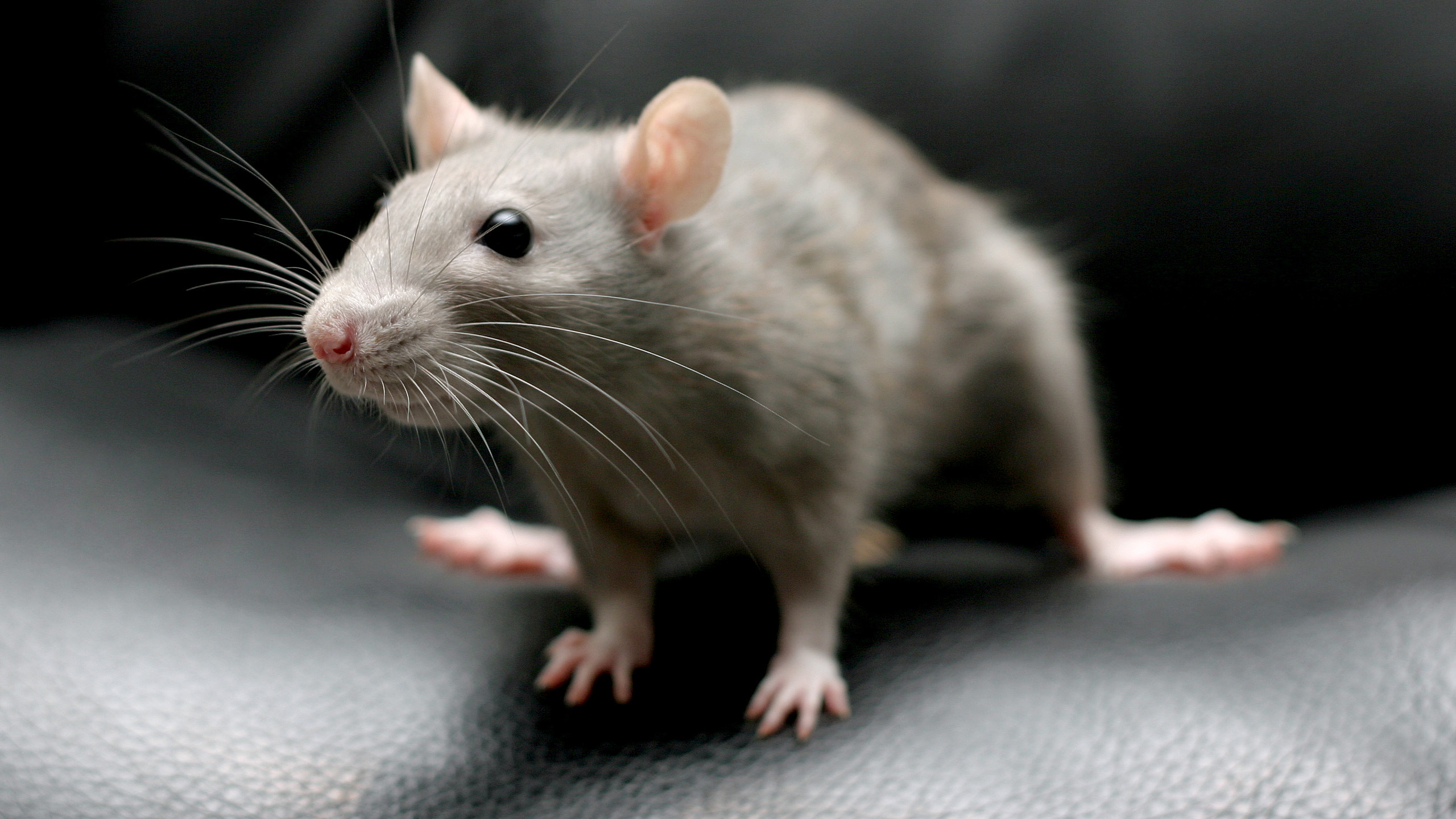
What's the difference between rats and mice? We'll fill you in so you can understand these pests and get rid of them for good.
Rodents are pests none of us want in the house. Likely to come into properties seeking warmth and food, or to escape rising water levels in rivers or sewers, they're a problem that you'll want to get on top of quickly.
According to Alice Shaw-Beckett from Cleanipedia, lockdown is causing even more rodent infestations than usual:
'Reports have suggested that during the 2020 lockdowns, rats and mice were drawn to homes after finding less rubbish and discarded food to rifle through on the streets. As more people were staying at home and cooking, households began to stockpile food and create more food waste, attracting rodents and other pests closer to the home than they’d usually stray.'
We're not going to lie, it's not always an easy job to figure out which rodent you're dealing with. By reading our rats vs mice guide, you will get to know the rodents so you can make changes where possible to deter them from turning your house into a cozy home.
And if these tips don't do the trick, it's time to bring out the big guns in the form of the pest control experts.
Read on to learn the differences between rats and mice, from their droppings to where they tend to hide in your home.
Get small space home decor ideas, celeb inspiration, DIY tips and more, straight to your inbox!
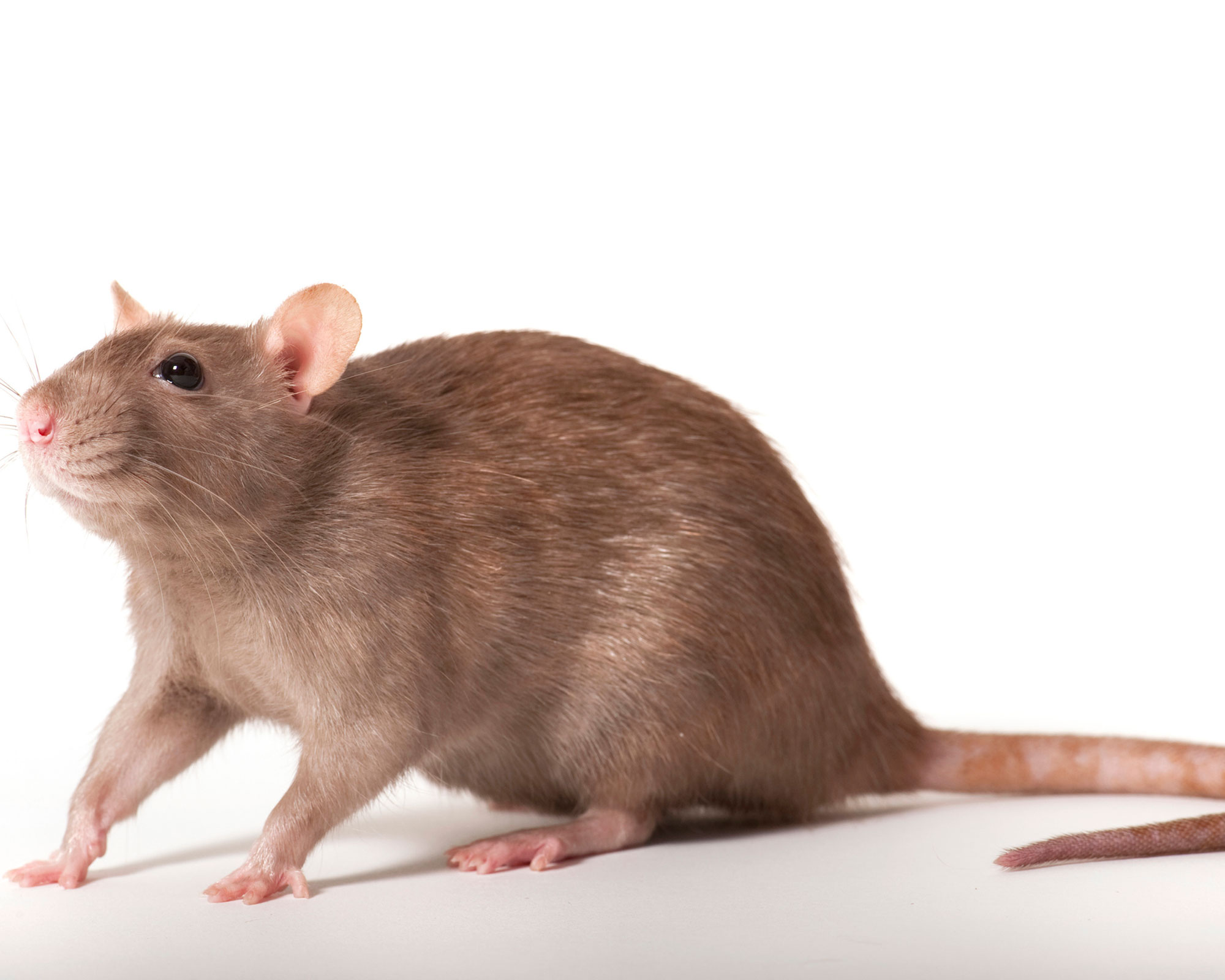
Signs of rats
Rats in your home will do more than just make your squeamish. They can damage property with their persistent gnawing, and contaminate surfaces and foodstuffs due to pathogens in their faeces and urine. They can also transmit Weil’s disease (Leptospirosis), Rat-bite fever and Salmonellosis.
Here are the signs to look out for:
- Rat droppings, which are oval-shaped, about 10mm long and look like a large, blackish/brown rice grain. The black rat droppings are shaped like spindles, while the common rat's look like capsules.
- Pets will tell you: If your cat or dog is paying particular attention to one part of the garden (perhaps a gap under a garden room or beneath a deck, or a pile of leaves) have a closer look.
- Rat burrows, often near the food source (i.e. your veg patch)
- Teeth marks on anything from fencing to the garden hose.
What rats look like
There are quite a few different types of rat that frequent our home. The most common type of rat is aptly named the Common rat (also known as the brown rat or Norway rat), closely followed by the Black rat (also known as the roof rat or ship rat) – the culprit for the black death among other things.
We've compared and contrasted the two rats so you can figure out the one you're tackling.
- Common rat: One of the largest of the rat invaders, these rats have a heavy and thick body and short dark haired ears. Their body is brown with a black tint and a long rough coat. They measure roughly around 40cm in length with a tail shorter than its body. It can weigh up to 350–500g in weight.
- Black rat: Measures between 16–24cm in length, with a tail longer than its body. It weighs around 150–200g in weight. They have a grey to black slinky body, with a pointy nose, large, hairless ears and smooth coat. Adults weigh 7 ounces (200 grams).
- Our guide to how to get rid of rats will fill you in on how to deal with these unsettling pest sightings.
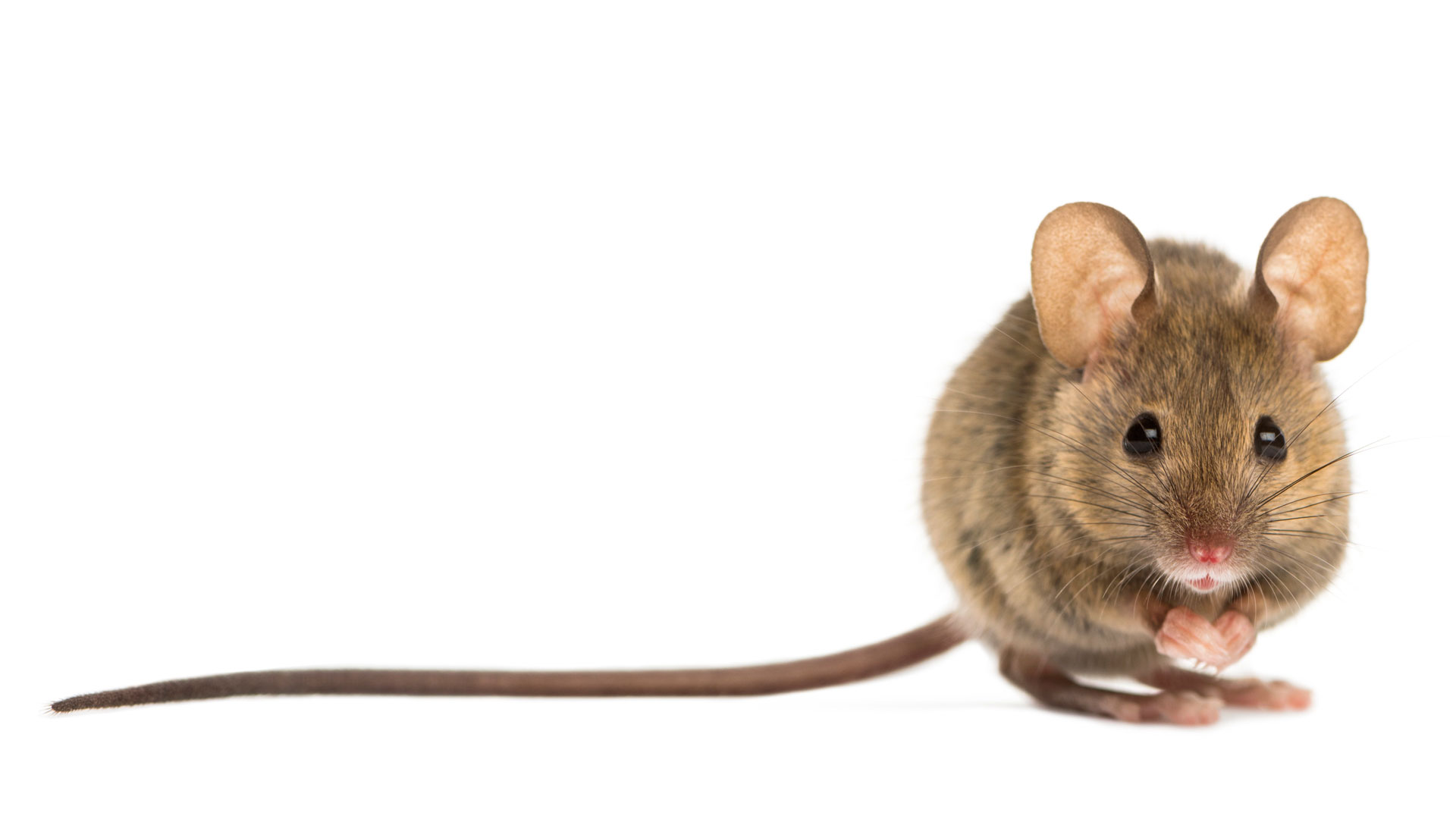
Signs of mice
Mice are destructive, gnawing their way through everything from food packaging to electrical cables. They urinate frequently and can leave up to 80 droppings a day around the house.
They are nocturnal and preferring to hide away during daylight hours and go on the lookout for food from dusk till dawn.
Martha Stewart explains it in simple terms, 'Mice droppings, nests, evidence of gnawing, stale odors, footprints, and, of course, mouse sightings are evidence of an infestation.'
We've rounded up some common signs of a mouse infestation so you can figure out if mice are really the critters haunting your halls.
- Unusual bad smells: A very strong ammonia stench;
- Distinctive noise: Audible scrabbling noises;
- Brown grease marks on walls and skirting boards as they brush against them;
- Foot and tail prints in dusty areas, such as basement or attics.
What mice look like
Field mice and house mice are the most common species of mouse that take cover indoors.
The differences between them vary only slightly but it's still good to know what they look like so you can take appropriate action.
- House mouse: With a small head and feet, pointy nose and large hairy ears, house mice have a brown body and a dark tail. You can tell them and a young brown rat apart their large ears and eyes. Adults can weigh up to 30g and measure between 7–9.5cm.
- Field mouse: Measuring around 8–10cm in length, they can weigh up to 25g (males). Field mice have sandy, orange-y brown fur on their back and head, yellowish fur on their sides and belly and usually have a distinguishing yellow stripe on their chest.
- Use our guide to find out how to get rid of mice for good.
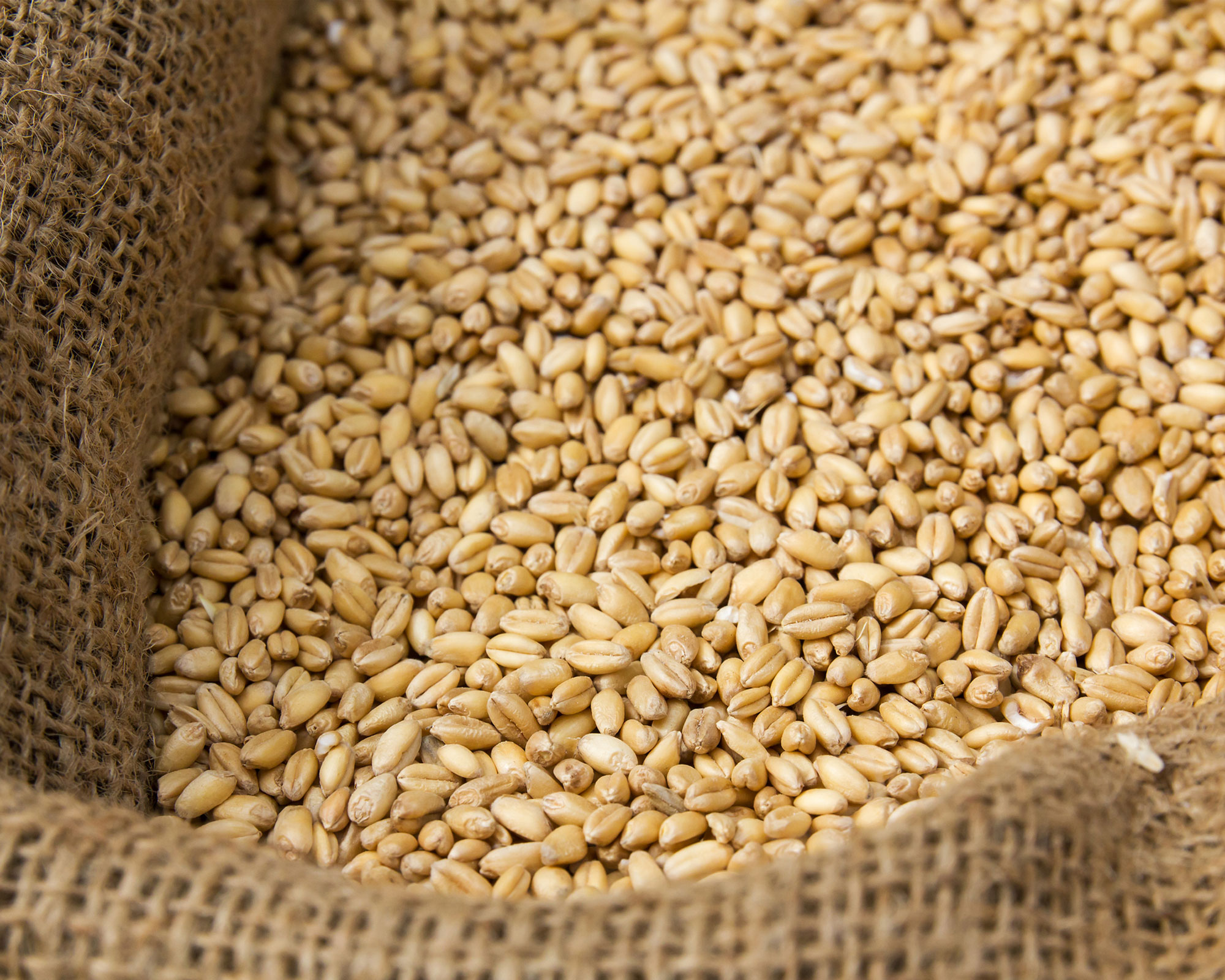
Rats vs mice droppings
- Rat droppings: Wide and brown in colour, brown rat droppings are usually shaped in a tapered, spindle form, like long grain rice. In contrast, black rat droppings are curved, long and thin with pointy ends and are smaller than their brown relatives.
- Mouse droppings: Rats leave dark, pellet-like droppings, while mice droppings are smaller at a 3-8mm in length and spindle shaped. They are usually black in colour and grain-like in shape.
- Could the droppings you're finding be cockroach droppings? Find out more about these scuttling menaces in our how to get rid of cockroaches guide.
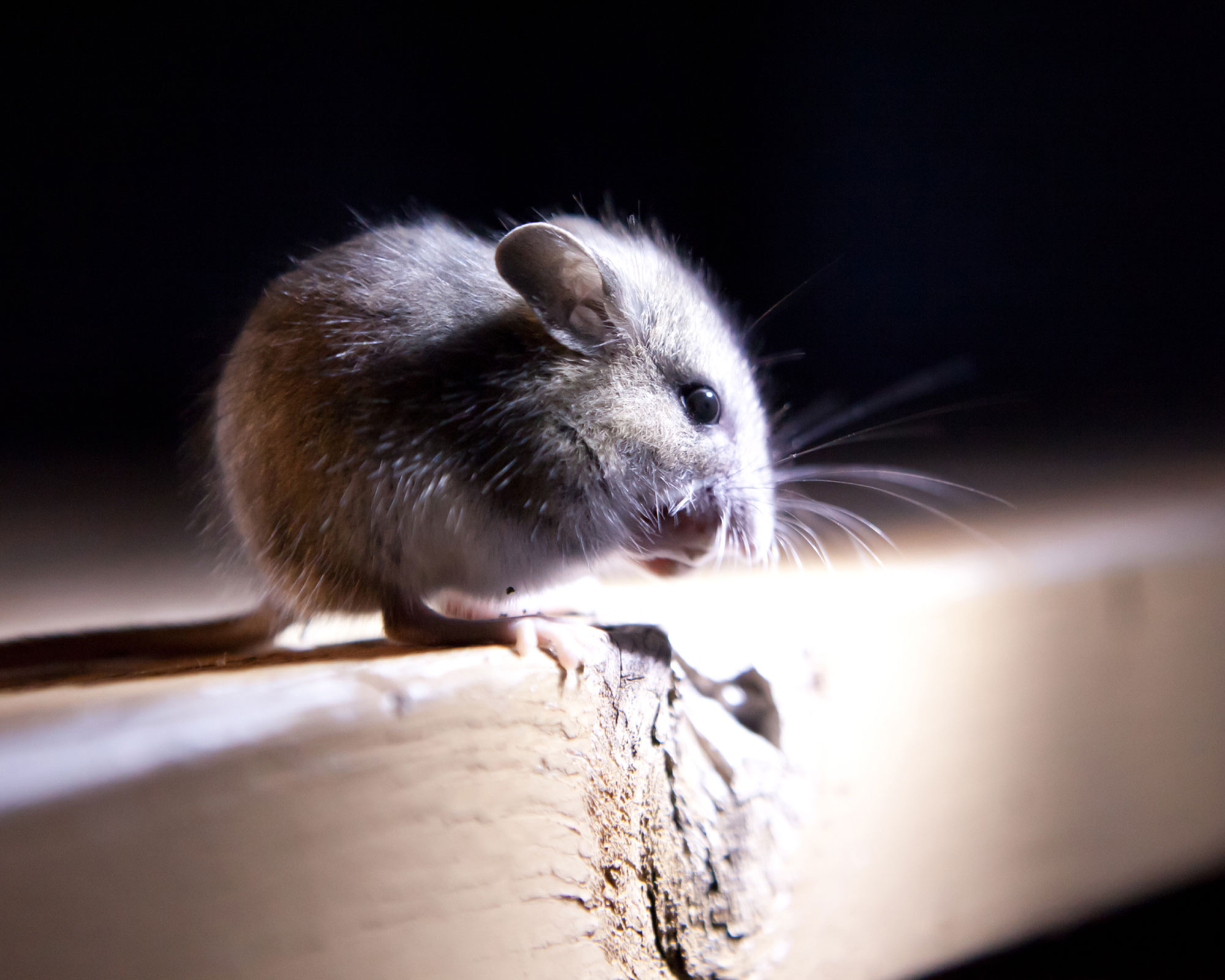
How rats and mice move
Rats can squeeze through holes as small as 1cm and will climb to get to food, water and shelter. Because of their familiarity with living in sewers, rats are swimming pros and can enter your home through cracked drains or even toilets.
They have a general routine and hate new objects so if something new crosses their regular pathway, they will do whatever it takes to avoid it.
Mice can stand on their hind legs and do this to clean, eat, find their whereabouts and even fight other mice. Like rats they are great swimmers, can jump up to 13 inches, scurry along wires or cables using their tails for balance and climb really well too - even on vertical surfaces.
Sneaking into homes through nooks and crannies as little as 50mm, mice come out around dusk and hideaway as dawn breaks as they hate bright light.
- Is all this information making your skin crawl? Us too. Give your home a thorough scrub with our guide to how to deep clean your house.
Rats and mice eating habits
Rentokil explains, 'Both rats and mice are omnivorous but the brown rat and house mouse prefer cereals, while black rats prefer fruit and foods with a high moisture content.'
Knowing what foods rats and mice prefer will help you in your quest to eradicate the critters from your home and knowing where they tend to go will make it even easier.
Here are their favorite foods:
- Brown rats: Preferring cereals, they eat grains and any remaining non-chomped grain looks like it has been finely chopped. They look for food in the same places which helps with trapping them.
- Black rats: They'll be after moist fruit and won't be as easy to catch as they like to switch things up when it comes to their location of choice.
- Mice: They are big fans of cereals and will remove the outer husk of grains to eat the softer middle. Mice are creatures of habit and will look for food in the same places.

- Not sure these are the pests you're dealing with after all? It might be a big home invader. Take a look at our how to identify bugs guide to find out more.
Where rats and mice like to live
Honing in on where rats and mice like to set up their nests will help in the baiting process, so you get an idea of where to set up those traps.
- Brown rats: They tend to live in burrows and sewer systems and can live on lower floors of homes.
- Black rats: Their usual hangouts are ports and ships. Sometimes they will nest high under roofs and are even known to set up shop in trees.
- Mice: Usually preferring to live on the ground, they have also been known to live in higher places like attics because of their acrobatic climbing skills. They tend to gravitate towards warm areas to nest, such as under refrigerators and in insulation. You might have found this if you're currently trying to remove mice from a garage or working out how to repel mice from your house.

Jenny is Senior Digital Editor and joined the team in January 2021. She also works on the homes brands' video show, on the Future Homes Network, which is packed full of ideas to help you make the most of your own home and garden. Since getting on the property market with her first apartment and then more recently a house, her passion for interior design and gardening has taken on a new lease of life. Jenny's currently on the lookout for a doer-upper to put her stamp on. She loves collecting and salvaging unique items (much to her other half's despair) but sniffing out stylish home bargains is her one true love. When she has a spare minute, she loves to do a spot of crafting, having studied textiles at Uni – although she hardly gets the chance with a toddler who keeps her permanently on her toes.